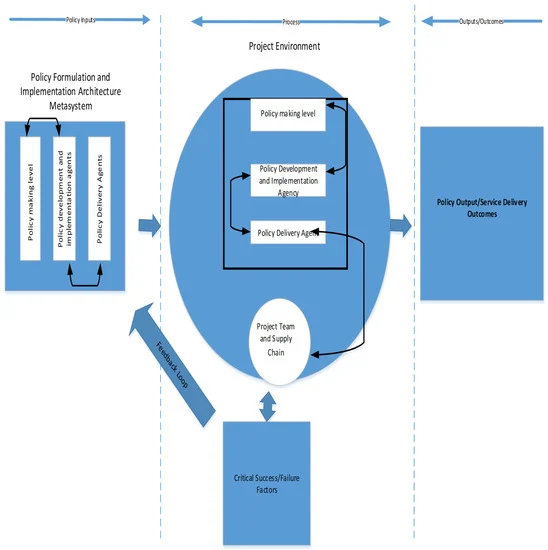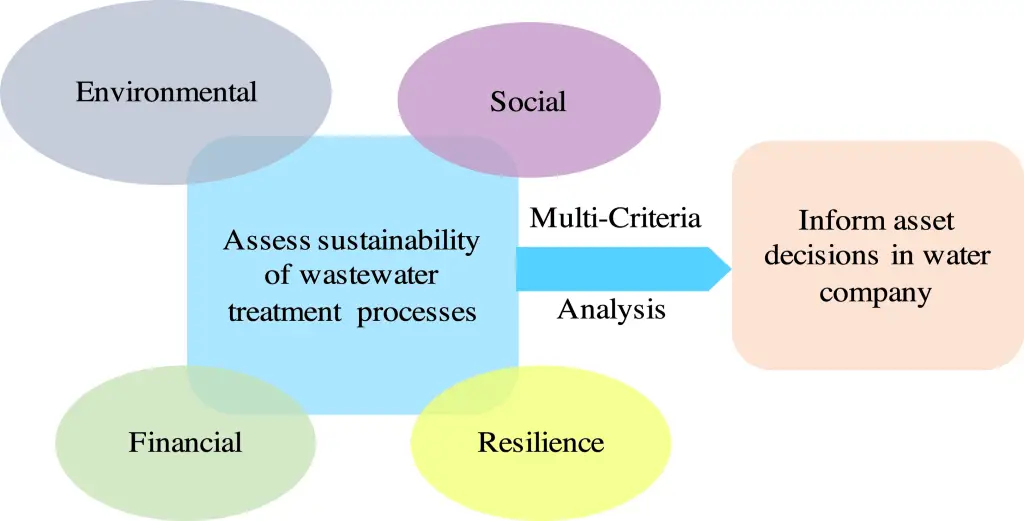In the heart of Arizona, the historic city of Prescott stands as a testament to architectural evolution. Renowned for its picturesque landscapes and rich cultural heritage, Prescott is now at the forefront of a significant transformation.
The impact of sustainability trends on Prescott’s architecture marks a pivotal chapter in the city’s development. This article delves deep into how these green initiatives are not just reshaping buildings and infrastructures but also redefining the community’s relationship with its environment.

From historic preservation to innovative design, we explore the multifaceted influence of sustainability on Prescott’s architectural identity.
Historical Context of Prescott’s Architecture
Prescott, often celebrated for its quaint charm and historical significance, boasts a rich architectural tapestry that tells the story of its past.
The city’s architecture has evolved significantly over the years, influenced by various cultural and economic factors. From Victorian-style homes that harken back to its early days to the modernist influences of the mid-20th century, Prescott’s buildings offer a window into its diverse historical epochs.
The early architectural styles in Prescott, characterized by their Victorian and Revivalist elements, reflect the city’s origins and growth during the late 19th century. As time progressed, the evolution of building techniques and styles in Prescott mirrored the broader trends in American architecture, adapting to the changing needs and aspirations of its residents.
Emergence of Sustainability Trends
In recent years, sustainability has emerged as a central theme in global architecture, and Prescott is no exception. Sustainable architecture goes beyond mere energy efficiency; it encompasses a holistic approach to designing buildings that harmoniously blend with their environment, using resources responsibly and minimizing ecological impact.
Prescott has taken significant steps towards embracing sustainable practices. This shift is evident in the increasing adoption of energy-efficient designs, the use of renewable energy sources, and a growing consciousness about the environmental footprint of buildings.
Key Sustainability Trends in Architecture
Prescott’s architectural landscape is increasingly being influenced by key sustainability trends. Energy efficiency is at the forefront, with architects and builders focusing on designs that optimize energy use, incorporating elements like solar panels and energy-efficient windows.
Sustainable building materials are another crucial trend. Architects in Prescott are increasingly turning to materials that are not only eco-friendly but also locally sourced, reducing the environmental impact associated with transportation. The use of recycled materials is also gaining traction, offering a way to reduce waste while creating unique and environmentally conscious buildings.
Impact on Residential Architecture
The shift towards sustainability is profoundly impacting residential architecture in Prescott. Home builders and homeowners are now more inclined towards green building practices, recognizing not just their environmental benefits but also the long-term cost savings they offer.
Changes in home-building practices are evident in the rising number of homes featuring solar panels, energy-efficient appliances, and sustainable landscaping. These innovations reflect a growing awareness among residents of their environmental responsibilities and a commitment to a sustainable lifestyle.
Transformations in Commercial Architecture
Sustainability trends are also reshaping Prescott’s commercial architecture. Office buildings and retail spaces are increasingly designed with sustainability in mind, featuring energy-efficient lighting, water-saving fixtures, and green roofing systems.
One notable trend in commercial architecture is the integration of green spaces. This not only enhances the aesthetic appeal of these buildings but also contributes to better air quality and offers a natural respite in urban settings.
Urban Planning and Sustainability
Sustainable architecture goes hand in hand with thoughtful urban planning. In Prescott, urban planning is increasingly focused on creating spaces that are not just environmentally friendly but also conducive to community well-being.
The incorporation of green spaces into urban design is a key aspect of this. Parks, community gardens, and green corridors are becoming integral parts of Prescott’s urban landscape, offering residents spaces to connect with nature and with each other.
Architectural Education and Sustainability
The integration of sustainability in architectural education is crucial for the continued evolution of green building practices. In Prescott, architectural schools and institutions are increasingly focusing on sustainability, equipping future architects with the knowledge and skills they need to design buildings that are both aesthetically pleasing and environmentally responsible.
Emerging trends in architectural education, such as the emphasis on hands-on, project-based learning and the incorporation of new technologies like 3D modeling and sustainable materials research, are preparing students for the challenges and opportunities of sustainable design.
Government Policies and Regulations
Government policies and regulations play a pivotal role in promoting sustainable architecture. In Prescott, local regulations are increasingly geared towards encouraging green building practices.

These include incentives for energy-efficient design, requirements for the use of sustainable materials, and guidelines for water conservation.
Technological Advancements and Their Impact
Technological innovations are crucial in driving the sustainability trend in Prescott’s architecture. Advanced materials and construction techniques are enabling architects to design buildings that are more energy-efficient, durable, and environmentally friendly.
The integration of smart technology in buildings is another significant trend. Smart systems for energy management, lighting, and heating/cooling contribute to the overall efficiency of buildings, reducing their ecological footprint.
Looking ahead, the role of technology in sustainable architecture is poised to grow, with innovations like AI and IoT offering new possibilities for eco-friendly design and construction.
Economic Implications
Sustainability in architecture also has profound economic implications. Initially, sustainable building practices can be more costly than traditional methods, but they often lead to significant long-term savings through reduced energy and maintenance costs.
The economic benefits of sustainable practices extend beyond individual buildings. They contribute to the broader economy by creating demand for green materials and technologies, stimulating innovation, and generating new job opportunities in the green economy.
Additionally, investments in green architecture often result in increased property values, benefiting both homeowners and the community.
Social and Cultural Impacts
The move towards sustainable architecture has social and cultural ramifications as well. Community engagement in sustainable building projects often leads to a stronger sense of ownership and pride among residents. This involvement can foster a more cohesive community, united by shared environmental values.
Cultural shifts towards green living are becoming more evident in Prescott. The adoption of sustainable practices in architecture reflects a broader societal move towards environmental consciousness and responsibility. This cultural shift is crucial in ensuring the long-term success of sustainability initiatives in the city.
Environmental Considerations
The environmental benefits of sustainable architecture are significant. Buildings designed with sustainability in mind help in reducing the overall carbon footprint of the city. Sustainable building practices also contribute to preserving biodiversity, especially when they include the incorporation of green spaces and the use of eco-friendly materials.
In the long term, the environmental benefits of sustainable architecture contribute to the health and well-being of the entire community, ensuring a better quality of life for current and future generations.
Challenges and Limitations
Despite its many benefits, the shift towards sustainable architecture is not without challenges. Technical issues, such as the integration of new materials and technologies, can pose significant hurdles.
Financial and economic barriers also play a role, as the initial cost of sustainable building can be higher than traditional methods. Overcoming these challenges requires a concerted effort from all stakeholders, including architects, builders, government agencies, and the community.
Future Outlook
The future of sustainable architecture in Prescott looks promising. With ongoing technological advancements and a growing community awareness of environmental issues, the trend toward green building is likely to continue and evolve.
Emerging trends, such as the use of bio-based materials and the integration of nature into urban spaces, hint at an exciting future for sustainable architecture. These innovations have the potential to further reduce the environmental impact of buildings and enhance the quality of urban life.
Case Studies and Examples
To understand the real-world impact of sustainability trends in Prescott’s architecture, it’s instructive to look at specific case studies. Successful sustainable projects in the city showcase the practical applications of green building practices and their benefits.

Conversely, examining projects that faced challenges or did not achieve their sustainability goals can provide valuable lessons. A comparative analysis with other regions can also offer insights into how Prescott’s approach to sustainable architecture fits into broader trends.
Expert Opinions and Interviews
Insights from local architects, planners, and academic experts can provide a deeper understanding of the trends in sustainable architecture. These professionals offer valuable perspectives on the challenges, opportunities, and future directions of green building in Prescott.
Interviews with government officials can shed light on the policies and regulations affecting sustainable architecture. Their viewpoints are crucial in understanding the role of governmental support in promoting sustainability in the built environment.
Community Involvement and Public Perception
Public opinion plays a critical role in the success of sustainable architecture initiatives. Understanding how the Prescott community perceives and engages with sustainability trends is key to fostering a supportive environment for green building.
Community-driven sustainable initiatives demonstrate the power of collective action in achieving environmental goals. These initiatives also highlight the importance of public awareness and education in promoting sustainable practices.
FAQs
In this section, we will be delving into some of the most common inquiries and curiosities that surround our topic.
What is Sustainable Architecture?
Sustainable architecture refers to the design and construction of buildings that are environmentally friendly, energy-efficient, and resource-conscious.
How Does Sustainability Impact Prescott’s Architecture?
Sustainability trends are leading to more energy-efficient buildings, the use of eco-friendly materials, and a greater focus on environmental impact in Prescott’s architectural design.
How Can Individuals Contribute to Sustainable Architecture in Prescott?
Individuals can contribute by advocating for sustainable practices, supporting green building initiatives, and incorporating eco-friendly designs and materials in their own homes.
Conclusion
The impact of sustainability trends on Prescott’s architecture is a multifaceted and evolving narrative. This journey towards a greener future is not just about transforming the city’s skyline; it’s about redefining the relationship between our built environment and the natural world.
As Prescott continues to embrace sustainability in its architecture, it sets a precedent for other cities and communities, highlighting the importance of responsible, environmentally conscious development.
The commitment to sustainability seen in Prescott’s architecture today paves the way for a more sustainable, resilient, and vibrant community for generations to come.



Leave a Comment
You must be logged in to post a comment.